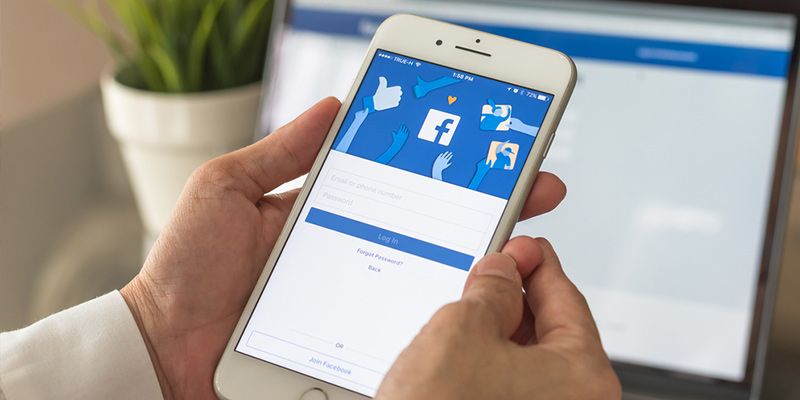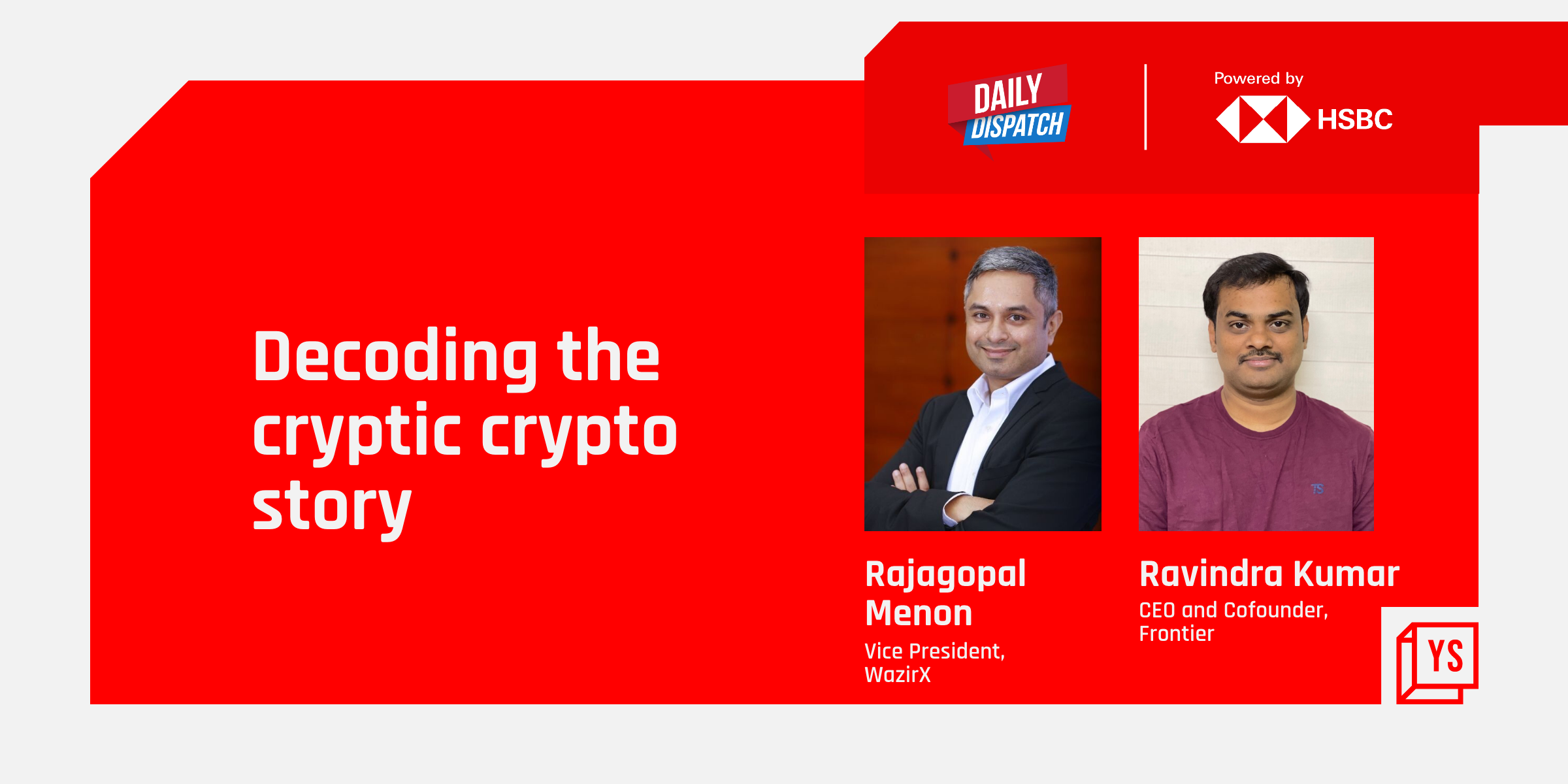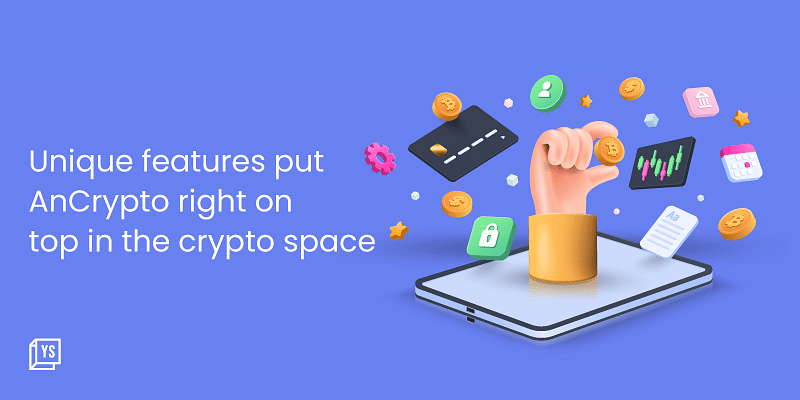As Facebook tweaks algorithm, here are the top dos and don’ts for digital marketers
With Facebook putting the focus on engagement through changes in its news feed algorithm, it’s time digital marketers decode what they need to do.

The allegations of fake news and paid promotions during the US presidential elections have had a significant effect on Facebook. In its attempt to make these allegations a thing of the past, Facebook in January announced that it would make significant changes to the news feed algorithm.
Facebook will now give priority to posts from family and friends over public content to create meaningful conversations among people.
This is not the first time that Facebook has tweaked its algorithm. Facebook has, in the past, made changes to the algorithm in 2013, 2014, 2016, and 2017.
2013: In December 2013, Facebook introduced the related articles features and also updated the Story Bumping feature, which showed users stories with new comments. This benefited publishers immensely and the average referral traffic to sites from Facebook amplified to more than 170 percent.
2014: As publishers published more content and people shared it in their news feed, the organic reach of pages started plummeting. Competition in news feed increased as on an average 1,500 stories were shown to the users. In March 2014, Facebook confirmed that it was lowering the reach to 1 percent to 2 percent. Though organic content still had value, paid content promotion seems to add more value for the publishers to reach out to its audience.
2016: The organic reach and referral traffic further declined in June 2016 when Facebook introduced changes to its News Feed algorithm, which gave more preference to posts from friends and family.
2017: Eventually in October 2017, Facebook rolled out its Explore Alternative News Feed, an ad-free news feed. This feed will contain content from publishers, but publishers worry that their audience will not opt of the traditional news feed to view this content. This transformed into reality when Facebook declared that it was testing to split News Feed to one for posts from family and friends, and the other for content from pages. It tested this model in six countries— Sri Lanka, Bolivia, Slovakia, Serbia, Guatemala, and Cambodia - and some publishers in those countries felt the first-hand implications of the effects.

What does the Facebook algorithm prefer?
- Posts which receive increased volume of l, comments or shares in a short duration
- Posts which are liked, commented, or shared by one’s friends
- Post types which one interacts with often
- Post types which users seem to prefer more than others (for instance. photo, video or status update)
- Videos that are uploaded to Facebook and receive high number of views or ones with extended viewing duration
- Posts from pages which have complete profile information
- Posts that reference a trending topic
- Posts from pages that the followers interacts with more often
- Posts from pages where the fan base overlaps with the fan base of other known and high content quality pages

What should digital marketers do?
- Use Facebook for awareness generation and promotions.
- Encourage Facebook fans and followers to add your page as “see first”.
- Use Facebook Live videos more often as interactions with live videos is six times more than non-live videos.
- Facebook is actively pushing for groups and building community. Focus on building a value-added community for users.
- Make use of Facebook Local app if your business is local and small.
- Don’t rely on Facebook to drive organic traffic to your blog or website. Facebook can no longer be used as the source of traffic. Businesses now need to invest in ads to get content to their audience on Facebook.
- Publish less but very focused, connected and meaningful content on Facebook. Make sure your content reinforces your key brand message. Create content that inspires discussions.
- Divert your attention to the newer and growing features such as Chatbots and Facebook Stories, along with the Facebook brand page.
- Do not give in to engagement bait posts. Facebook will no more allow posts that say, ‘Like this for yes or click angry for no etc’.
- A lot of misinformation has been flying around, including a rumour that Facebook has released a list of approved words: ‘Don’t say the word share!’ It is more crucial than ever for businesses to integrate Messenger and initiate one-on-one conversations.”
What should digital marketers avoid?
- Clickbait posts
- Like-baiting posts
- Posts that includes spam links
- Text-only status updates from Pages
- Avoid posts that ask for likes, comments, or shares
- Content that is frequently circulated and repeated posts
- Posts that sends unusual engagement patterns (a like-baiting signal)
- Posts that are frequently hidden or reported (a sign of low quality)
- Overly promotional content from pages— pushing people to enter a contest or sweepstakes, pushing people to buy an app or service, posts that reuse the same text from ads
This is neither the first nor the last tweak. Facebook has been tweaking with is algorithm right from its early days – back then, it was called Facebook Wall; now it’s the News Feed. Publishers and users alike, let’s stay hopeful that Facebook will soon come up with changes that boost post reach and interactions of businesses.
(Disclaimer: The views and opinions expressed in this article are those of the author and do not necessarily reflect the views of YourStory.)









![[Funding alert] Driving analytics startup Zendrive raises $37M in Series B led by XL Innovate](https://images.yourstory.com/cs/2/b87effd0-6a66-11e9-ad33-3f8a4777438f/Image0ix91566464303780.jpg)

